News
EPJ ST: Franck Lépine new Editor on board
- Details
- Published on 24 June 2022

The publishers of The European Physical Journal Special Topics are pleased to announce the appointment of Dr. Franck Lépine as new Editor in the board.
Franck Lépine is a CNRS research director at ILM (France) where he leads, since 2013, a pluridisciplinary group working on the "structure and dynamics of molecules". His current field of interest is attosecond science.
After a PhD in physics concerning "imaging atomic wavefunction and understanding the concept of temperature in small atomic clusters", Franck Lépine joined the FOM-AMOLF institute where he worked on ultrafast dynamics and the emerging field of attosecond physics. In 2005 He joined CNRS in Lyon and developed a research program on photoionization and ultrafast attosecond dynamics in complex molecules. He was involved in the development of the ELI-ALPS institute (Hungary), where he led the "strong field and attosecond physics" department.
Since 2016, he is the director of the French Network for ultrafast science (GDR UP) that brings together the French community interested in ultrafast phenomena. He co-authored more than 100 peer-reviewed articles, including several review articles in the field of attosecond science.
EPJ D Highlight - Investigating positron scattering from giant molecular targets
- Details
- Published on 24 June 2022
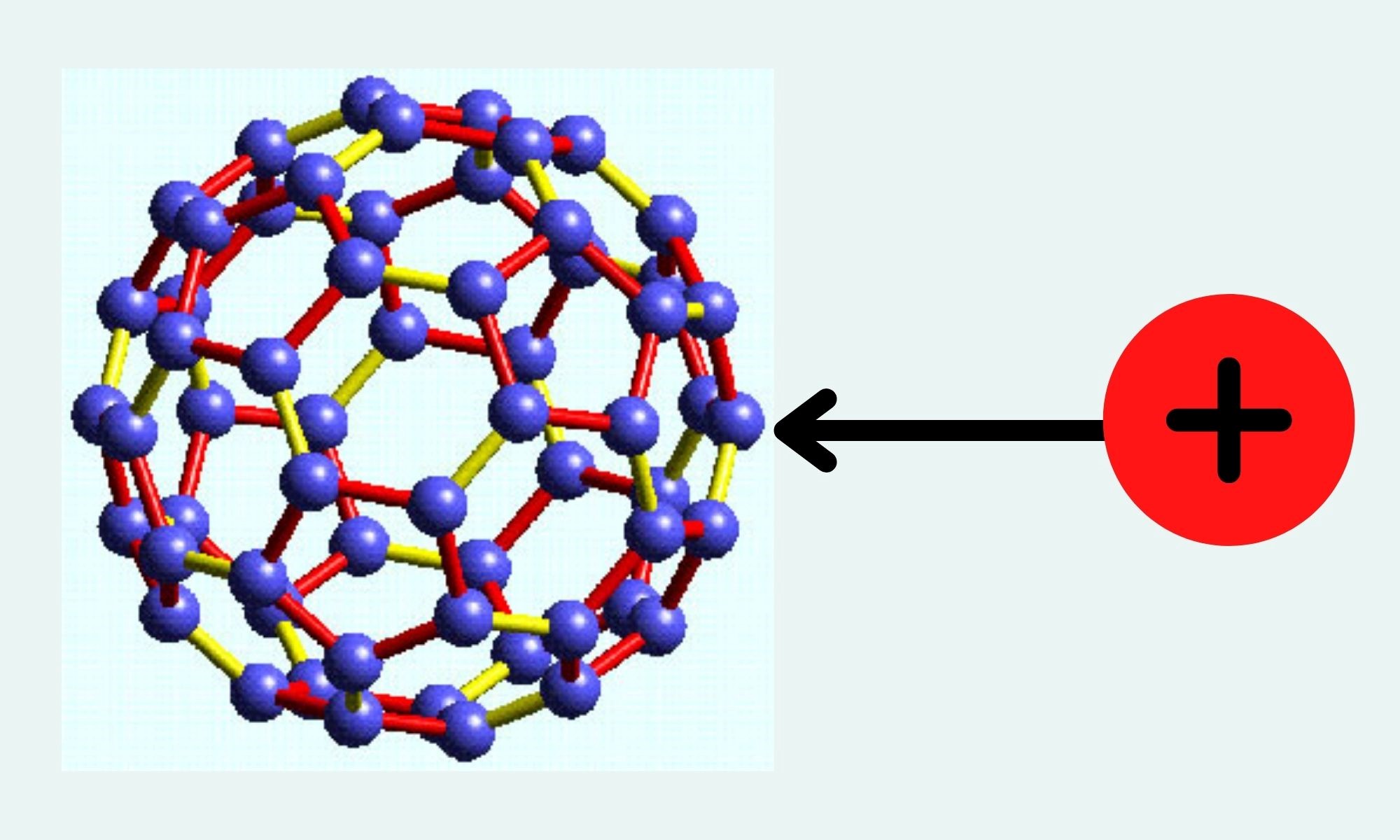
New research looks at positron scattering from rare gas atoms encapsulated in carbon 60 to investigate quantum properties that can’t be tested with electrons.
Particle scattering is an important test of the quantum properties of atoms and larger molecules. While electrons have historically dominated these experiments, their positively charged antimatter counterparts — positrons — can be used in promising applications when the negatively charged particles aren’t suitable.
A new paper published in EPJ D examines the scattering of positrons from rare gas atoms stuffed inside the fullerenes — so-called “rare gas endohedrals.” The paper is authored by Km Akanksha Dubey from the Indian Institute of Technology Patna, Patna, Bihta, India, and Marcelo Ciappina, Guangdong Technion-Israel Institute of Technology, Shantou, China.
EPJ Plus Highlight - Exotic carbon microcrystals in meteorite dust
- Details
- Published on 24 June 2022

Unusually shaped microcrystals formed of pure, graphite-like carbon were discovered in the dust of the 21st-century’s largest meteorite. They are likely to have grown in layers from complex carbon nuclei such as fullerene.
The largest meteorite observed so far this century entered the Earth’s atmosphere above Chelyabinsk in the Southern Urals, Russia on February 15, 2013. Unusually, dust from the surface of this meteorite survived its fall and is being extensively studied. This dust includes some unusually shaped microcrystals of carbon. A study of the morphology and simulations of the formation of these crystals by a consortium led by Sergey Taskaev and Vladimir Khovaylo from Chelyabinsk State University, Russia is now published in the journal EPJ Plus.
EPJ E Colloquium - Predicting thermodiffusion in simple binary fluid mixtures
- Details
- Published on 14 June 2022

When a homogeneous mixture is subjected to a thermal gradient, the fluid components are partially separated because of the temperature gradient. This phenomenon, known since the mid-19th century, is called thermodiffusion, the Soret effect or thermophoresis. Despite its relatively small amplitude it impacts many natural systems, such as the salinity gradient in ocean or even pre-biological evolution, and can be exploited in applications ranging from the manipulation of biological macromolecules to isotope enrichment. However, despite numerous attempts by leading researchers, including some Nobel laureates, a full understanding of the microscopic origin of this subtle phenomenon is still lacking and there is no consensus on which model, among the numerous existing ones, is the most reliable to quantify it in dense phases.
EPJ Plus Highlight - Probing high-energy neutrinos with an IceCube
- Details
- Published on 13 June 2022
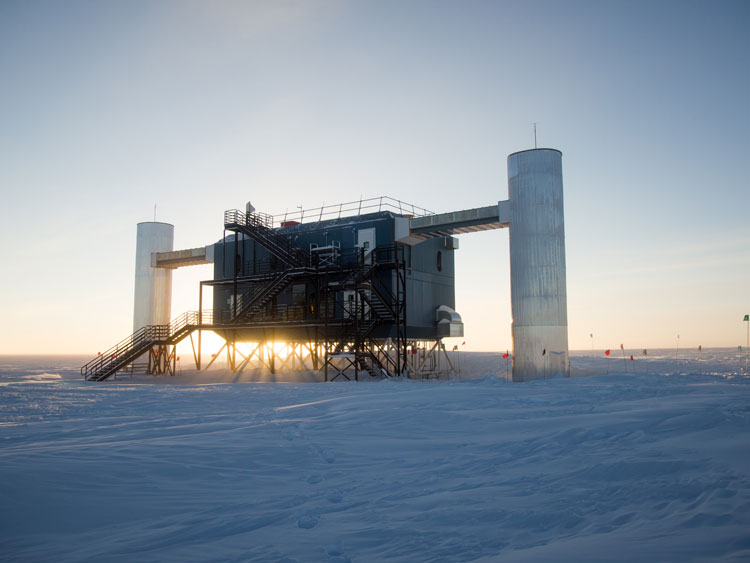
Studying a high-energy neutrino that was observed by the IceCube Neutrino Observatory at the South Pole and that is believed to be intergalactic in origin has yielded some intriguing ‘new physics’ beyond the Standard Model
The subatomic particles called neutrinos, are believed to be ubiquitous throughout the Universe but are very difficult to detect. Now, Moroccan astrophysicist Salah Eddine Ennadifi and his co-workers, published a paper in EPJ Plus that describes the first known observation of intergalactic, high-energy neutrinos and probes new neutrino-related physics beyond the Standard Model of Particle Physics.
EPJ ST Highlight - How can x-ray diffraction be used for a reliable study of nanostructured materials?
- Details
- Published on 13 June 2022
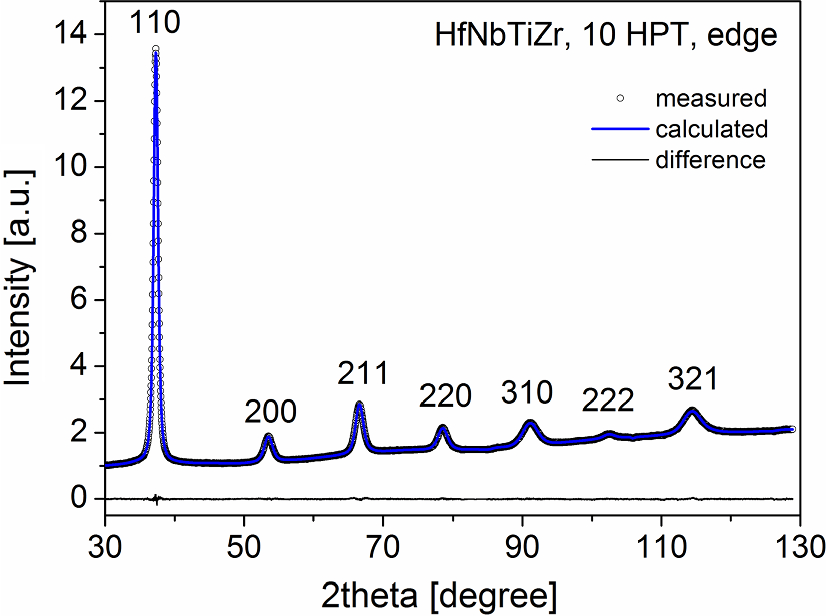
A new overview shows how x-ray diffraction can effectively measure lattice defects responsible for the unique properties of nanostructured materials – but special care is required for the application
Owing to their unique physical properties, nanostructured materials are now at the forefront of materials science. Several different techniques can be used to characterise their microscopic features, but each of these has its pros and cons. In new research published in EPJ ST, Jenő Gubicza at ELTE Eötvös Loránd University, Budapest, shows that one indirect method, named x-ray diffraction line profile analysis (XLPA) is suitable for analysing nanostructured materials, but its application and interpretation require special care for obtaining reliable conclusions.
EPJ ST Highlight - Energy harvesting to power the Internet of Things
- Details
- Published on 09 June 2022
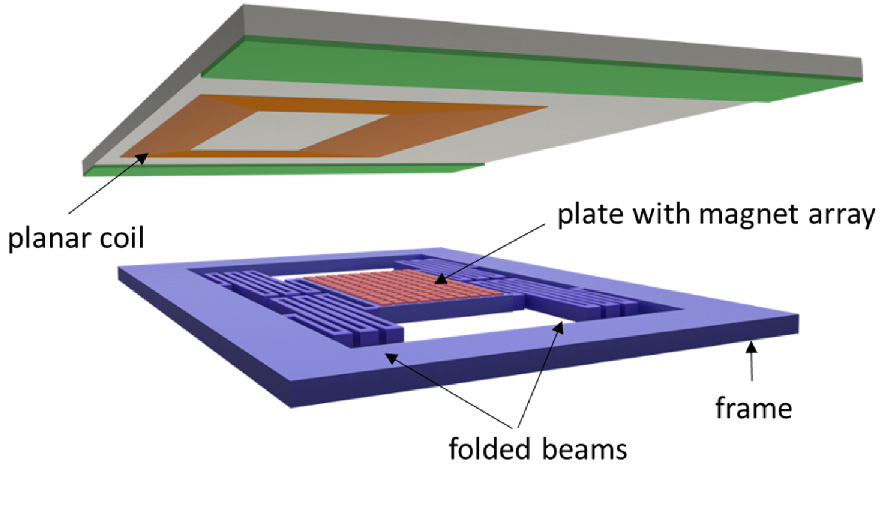
A new paper in EPJ Special Topics shows how energy can be harvested from vibrating micromagnets to power the now ubiquitous wireless sensors in the most efficient way.
The wireless interconnection of everyday objects known as the Internet of Things depends on wireless sensor networks that need a low but constant supply of electrical energy. This can be provided by electromagnetic energy harvesters that generate electricity directly from the environment. Lise-Marie Lacroix from the Université de Toulouse, France, with colleagues from Toulouse, Grenoble and Atlanta, Georgia, USA, has used a mathematical technique, finite element simulation, to optimise the design of one such energy harvester so that it generates electricity as efficiently as possible. This work has now been published in EPJ ST.
EPJ ST: Denis Machon new Editor on board
- Details
- Published on 09 June 2022

The publishers of The European Physical Journal Special Topics are pleased to announce the appointment of Dr. Denis Machon as new Editor in the board.
Denis Machon completed his PhD at the age of 26 from Grenoble INP and his postdoctoral studies from University College of London. During these years, he worked on pressure-induced amorphization and polyamorphism, both on the experimental and theoretical aspects. As a professor assistant at University Lyon 1, his research interests were centered on high-pressure physics, thermodynamics and phase transitions. His main research activities were devoted to understanding of the combined effects of pressure, size and interface in the phase stability. In 2017, he joined as associated professor the “Laboratoire Nanotechnologies et Nanosystèmes” (LN2), a joint International Research Laboratory co-operated in Canada by “Université de Sherbrooke” and in France by CNRS. At LN2, he works on mesoporous silicon and germanium as anode materials for Li-ion batteries.
He co-authored more than 90 papers and book chapters.
Kristel Crombé joins the EPJ Scientific Advisory Committee (SAC)
- Details
- Published on 30 May 2022
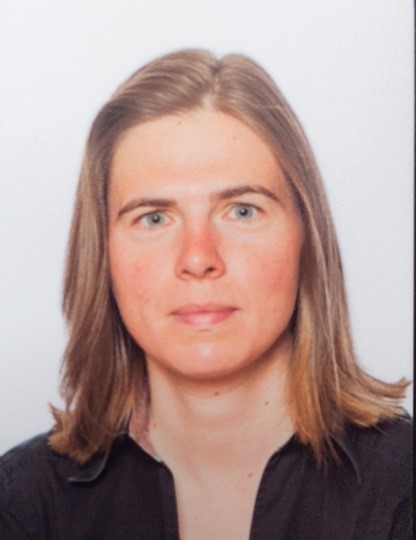
The Scientific Advisory Committee of EPJ is delighted to welcome Prof. Dr. ir. Kristel Crombé as the new representative for the Belgian Physical Society.
Kristel Crombé is researcher at the Laboratory for Plasma Physics of the Royal Military Academy in Brussels and associate professor at Ghent University in Belgium.
She is working in the field of plasma physics and nuclear fusion since 2001 and has expertise in plasma heating and diagnostics. She is member of the Board of EPS, Division of Plasma Physics.
EPJ E Highlight - Modelling the behaviour and dynamics of microswimmers
- Details
- Published on 24 May 2022

The understanding of the clustering and movement of microswimmers has a range of applications from human health to tackling ecological problems.
Microswimmers are biological entities that range from sperm to phytoplankton to bacteria, meaning that their study can have implications for fields in science as diverse as human health and ecology.
A new paper published in EPJ E looks at the dynamics of microswimmers under gravity. It is authored by a team from the Institute for Theoretical Physics at the Berlin Institute of Technology: Felix Rühle, Arne W. Zantop, and Holger Stark.




